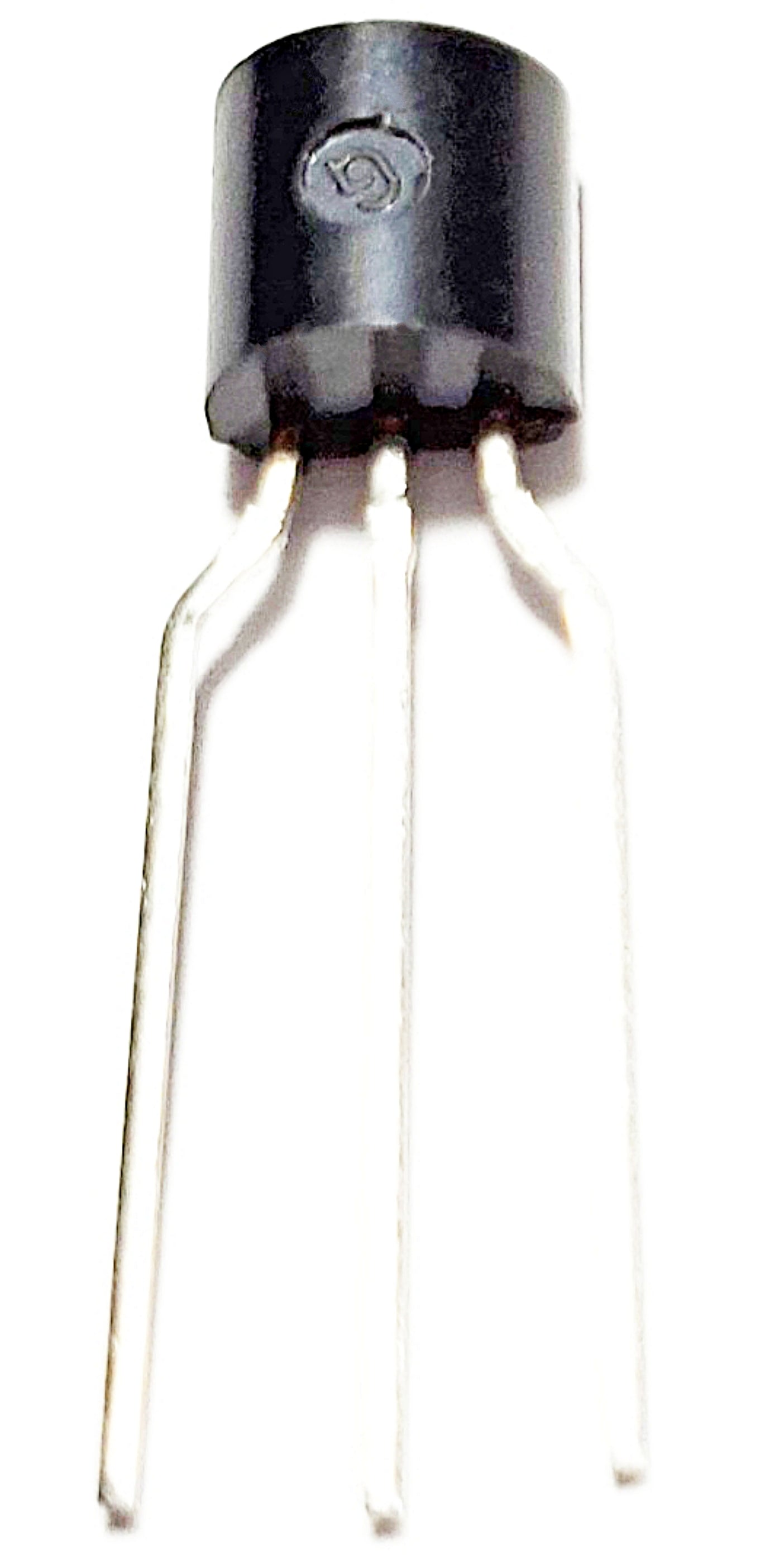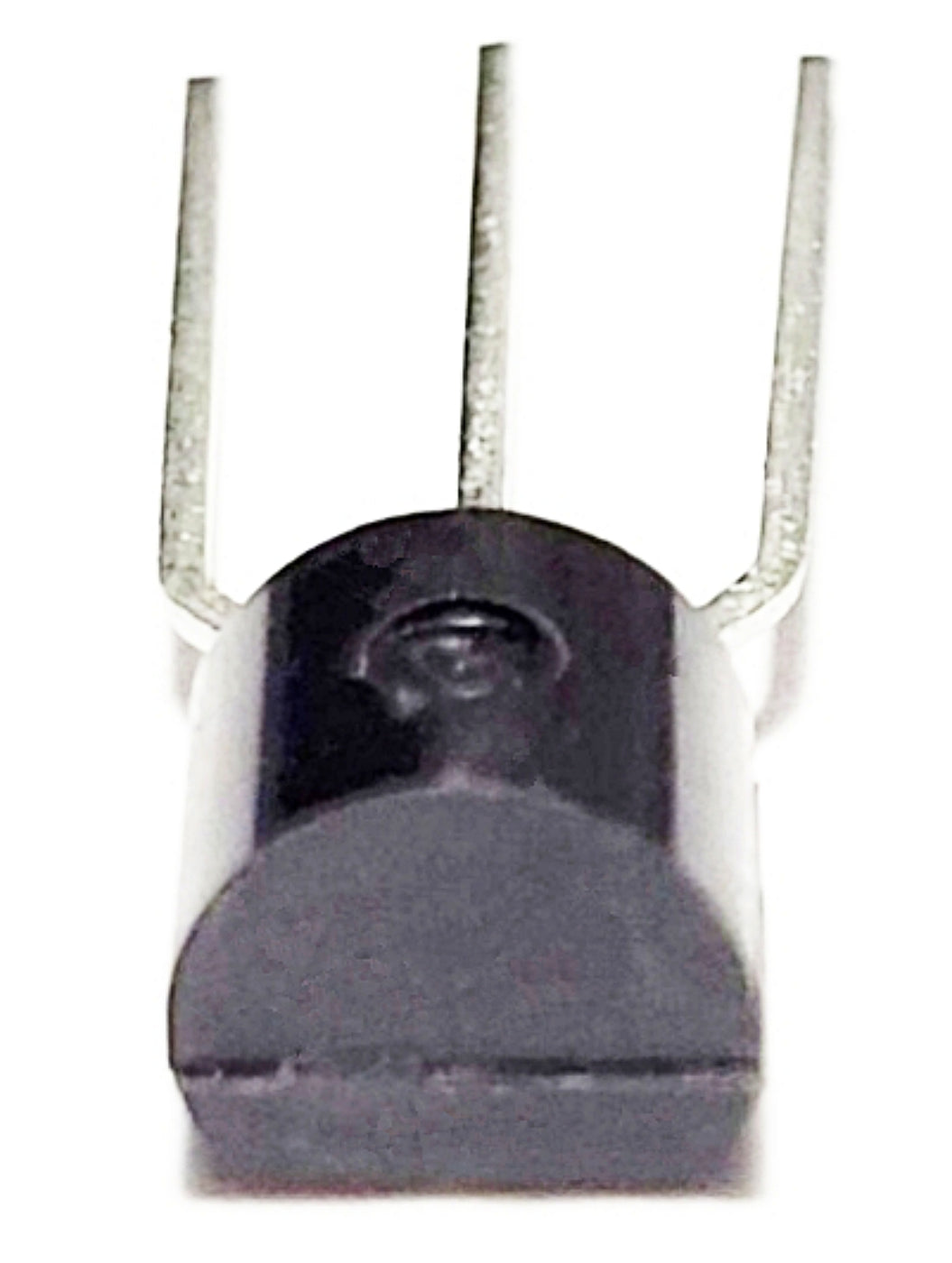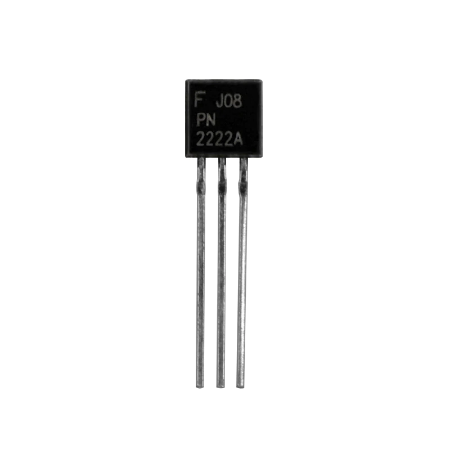

It also lets you access features that mraa doesn't make available. Sometimes you need this because you are working in a language for which mraa isn't available.
Pn2222 transistor threshold serial#
There is a Linux-based approach to working with GPIO lines and serial buses that is worth knowing about because it provides an alternative to using the mraa library. Beyond mraa - Controlling the features mraa doesn't.To demonstrate how its done let's add eight channels of 12-bit AtoD using the MCP3008. The SPI bus can be difficult to make work at first, but once you know what to look for about how the slave claims to work it gets easier. Even so, if you only want to work with one specific device it is usually easy to find a configuration that works - as long as you understand what the possibilities are. The SPI bus can be something of a problem because it doesn't have a well defined standard that every device conforms to. However with a little careful planning you can and you can do it from user rather than kernel space. The Edison doesn't have built in support for the Maxim 1-Wire bus and this means you can't use the very popular DS18B20 temperature sensor. It is an exercise in interfacing two logic families and implementing a protocol directly in C. In this chapter we make use of all of the ideas introduced in earlier chapters to create a raw interface with the low cost DHT11/22 temperature and humidity sensor. Using the DHT11/22 Temperature Humidity Sensor at 1.8V.
Pn2222 transistor threshold how to#
How to convert a 1.8V input or output to work with 5V or 3.3V including how to deal with bidirectional pull-up buses. I2C is a simple communications bus that allows you to connect any of a very large range of sensors.Īfter looking at the theory of using I2C here is a complete case study using the SparkFun HTU21D hardware and software. PWM means you can dim an LED or position a servo and all using mraa. Using the PWM mode of the GPIO lines is often the best way of solving control problems.

When you are prototyping with the Edison you are going to need to use one of the two main breakout boards - the Arduino or the mini.

If you have ever wondered if you need an Edison or an Arduino or even a Raspberry Pi then this is the place to start.

In this chapter we consider the Edison's pros and cons and get an overview of its structure and the ways in which you can make use of it.


 0 kommentar(er)
0 kommentar(er)
